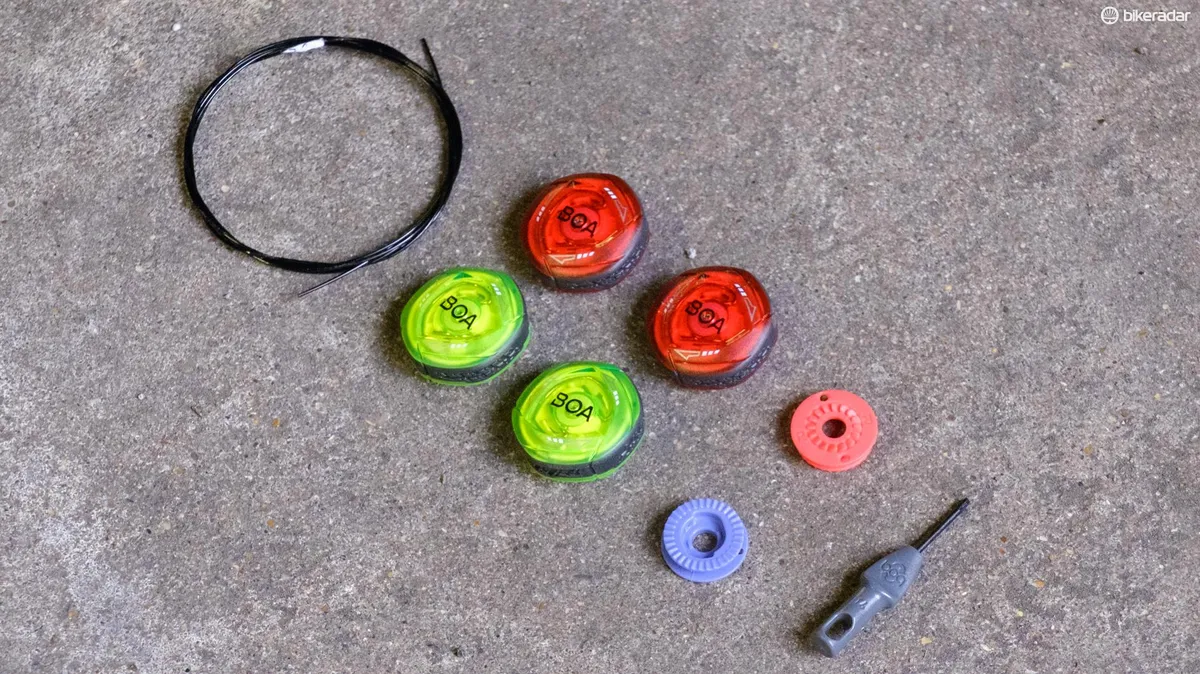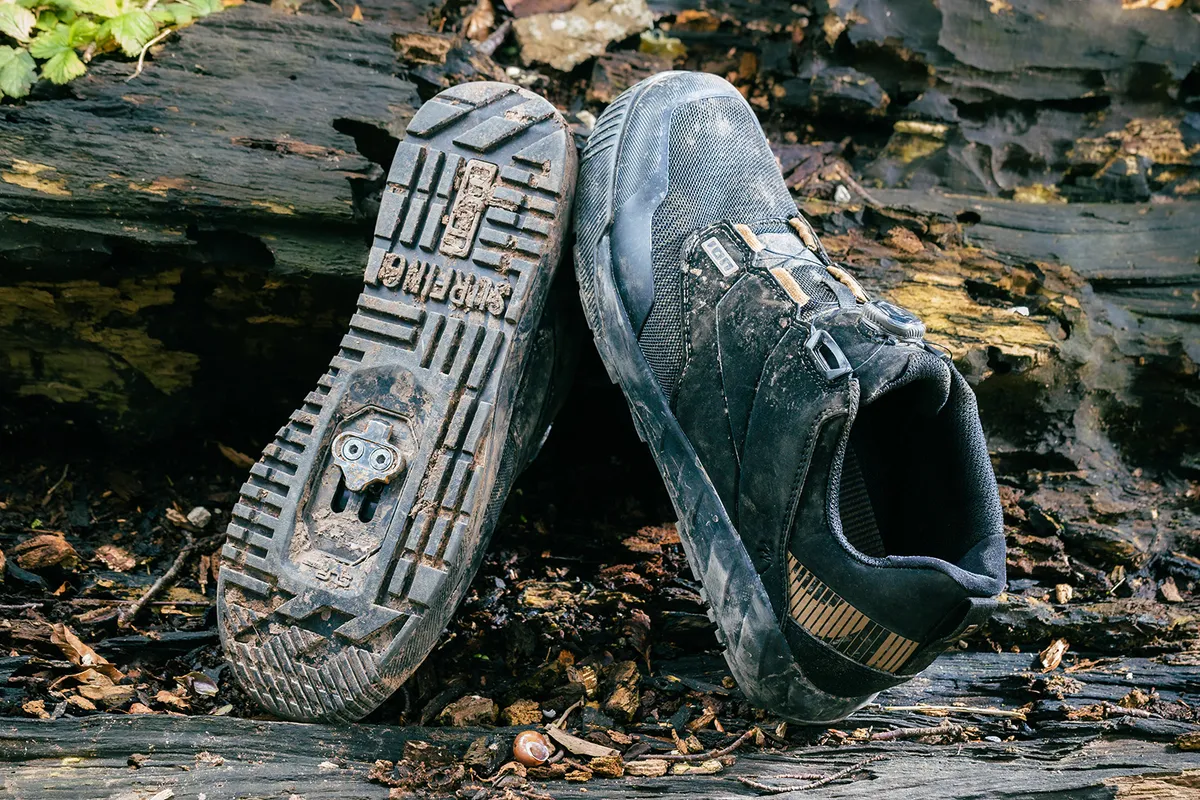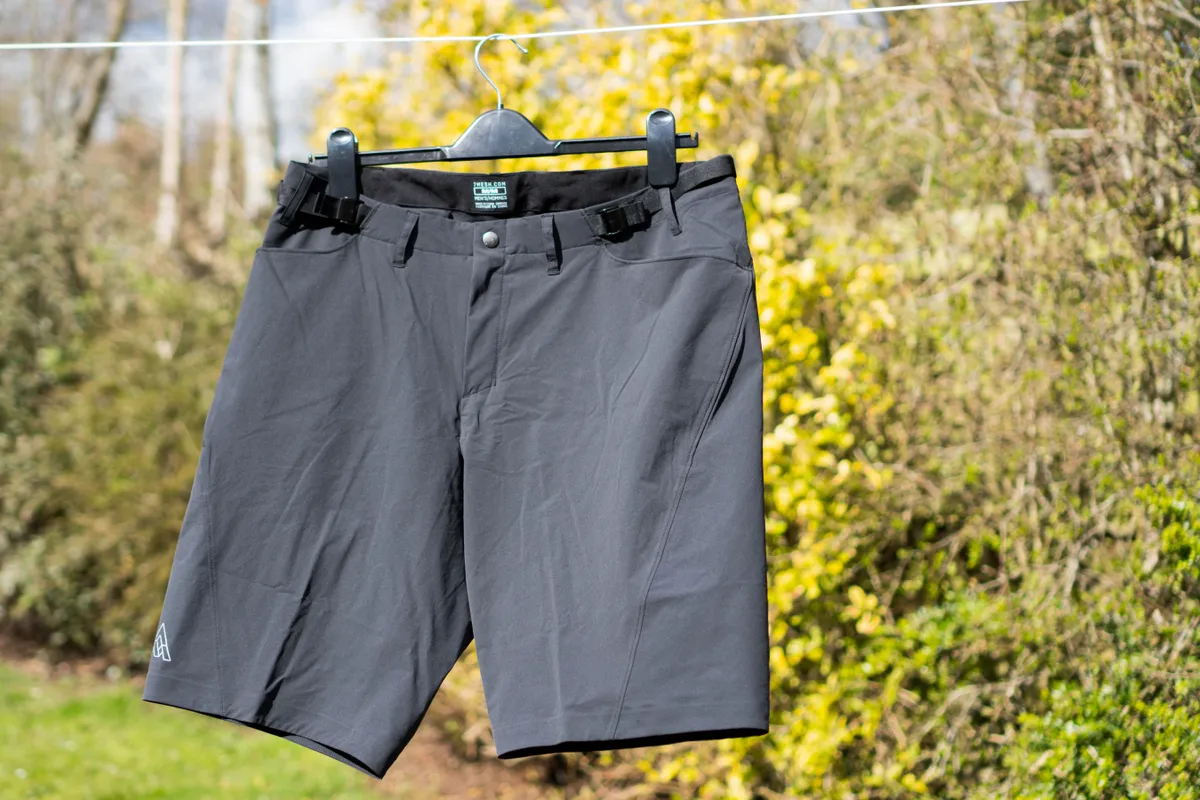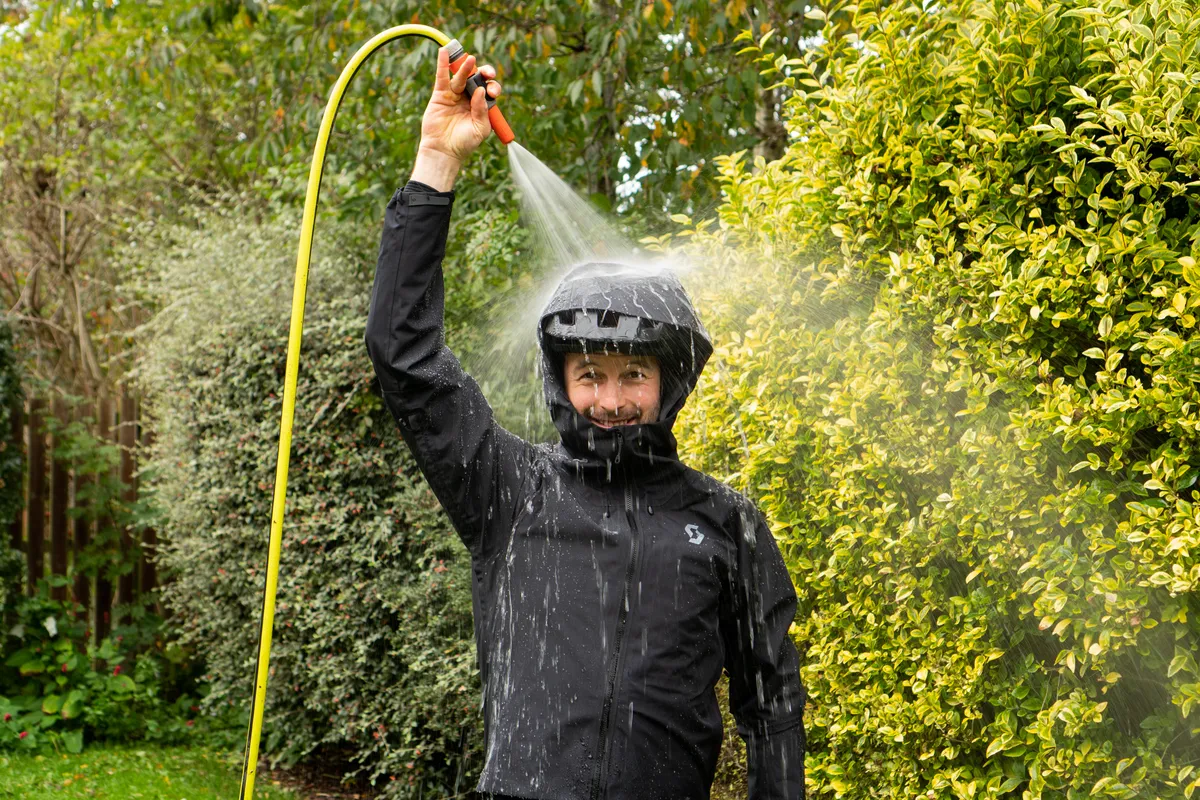Extending the life of your cycling kit makes financial and environmental sense. You’ll save money and have to throw less away – although you should try to donate or recycle old kit where possible.
By making your kit last longer, you’ll also get more enjoyment out of your favourite items. Since brands discontinue products all the time, there’s no guarantee of finding a like-for-like replacement at all or at a similar price.
But what’s the best way to preserve the condition of your cycling kit if you ride lots and, sometimes or often, in poor conditions?
To make your cycling kit last longer (and to avoid breaking the bank), we suggest a two-pronged approach. First, buy clothing that’s built to last. Second, look after it properly.
In the guide below, we’ll explain how to do both, drawing from our own experience of the British climate and advice from Endura, Rapha, Gore and Nikwax.
How to make your cycling kit last longer
Buy gear that’s made to last

Purchase from brands that offer to repair not just replace kit damaged in crashes.
Some, such as Albion and Rapha, offer a free repair service, supply DIY repair kits on request and include them with new products.
Crashing is part and parcel of mountain biking. Protection aside, look out for hardwearing materials in spots that will contact the ground first when you hit the deck, such as the hip and elbow areas.
Off-road footwear needs to defend your feet from impacts and not tear. The best mountain bike shoes incorporate heel, ankle and toe protection and sturdy uppers, features seen increasingly on the best gravel shoes too.
Also seek out shoes with replaceable components. Lugs on the outsole wear out and Boa dials can break. Both can be replaced on well-designed shoes.
High-quality zips, particularly on mountain bike shorts that you’ll open and close frequently, also contribute to the longevity of your cycling kit. Oversized, water-resistant (look out for a smooth seal covering the teeth) and two-way zips will prove more durable and practical.
Repair or replace

Obstacles pose less of a risk to your feet and shoes on the road. But wear and tear could spell the end for your best road cycling shoes if the parts aren’t replaceable.
Replacement laces are cheap and easy to source. A broken lace eyelet can be tricky to fix though, if the brand you bought the shoes from won’t do it for you.
Dial-tightening systems from certain brands can be repaired too. Boa says it offers a lifetime warranty on its dials and laces. The brand will send you a free repair kit if either part breaks and sells a backup spares set.

If you use clipless pedals, walking as little as possible in your cycling shoes, and using cleat covers if you must, will reduce cleat wear.
Mountain-bike style cleats will last longer than road cycling cleats if you do have to walk in them, for example when riding to work or touring. Our guide to Shimano SPD vs SPD-SL pedals explains more of the differences.
Certain brands’ shoes, such as Sidi, Specialized and Giro, have replaceable heels too.
Intended use

Wearing cycling clothing for what it’s meant for makes a big difference to its longevity. For example, summer road cycling jerseys that keep you cool in the heat are ill suited to adverse weather and off-road riding. Mud could stain lightweight, breathable materials, which thorns or crashes are also more likely to tear.
Likewise, wearing a winter mountain bike jersey in mild conditions and overheating will drench the garment in sweat. Do this repeatedly and the smell may persist stubbornly even after multiple washes.
Wash right

The laundry room is a perilous place for cycling kit. The wrong washing machine temperature and chemicals can spell disaster.
Some gear, such as cycling shoes, should be washed under a tap or by hand and not in the washing machine.
Wipe cycling shoes after every ride (or wear overshoes when it’s mucky) and brush off mud.
To remove stubborn dirt, add a drop of mild soap or detergent onto a wet sponge and scrub the shoes. Rinse off the soap with a damp cloth.
Leave the shoes to dry outside if it’s warm enough. If not, stuff them with newspaper but don't place them too close to a radiator or other heat source.
Prevent mud and dirt from accumulating in the cleats by banging the shoes together and brush out any debris. This should help prevent the cleats from seizing and rusting, which makes them very hard to remove.

Washing certain cycling clothing only when strictly necessary “minimises fatigue caused by washing machine spin cycles and reduces your impact on the environment”, according to Rapha’s product care instructions.
The brand recommends airing your kit and removing lighter stains or dirt using a sponge with mild soap or detergent in between washes.
However, cycling bib shorts must be washed after every ride to avoid saddle sores.
When a wash cannot be avoided, Endura’s product care instructions are typical of the cycling industry.
Katrin McDonald, the brand’s global PR manager, says you should always hang garments up if you’re not going to wash them immediately after a ride.

After a very muddy ride, we’d recommend pre-rinsing your kit before machine washing: under an outside tap if you have one or under the shower.
Mudguards are usually touted as a way to extend the life of your drivetrain. But by stopping your clothes getting as mucky, they can increase their longevity too.
Leaving clothes in a wet heap “encourages bacteria and mould, membrane delamination and/or colour migration”, says McDonald.
If products are machine-washable (check the label because materials such as down require gentler washing), wash them at 30 degrees and separate dark colours.
According to Endura, fabric conditioner will damage the “adhesion of seam tapes on waterproof fabrics and can also damage durable water repellent (DWR) coatings”.
The brand also says you should leave the clothes to drip dry naturally, but not in strong sunlight, instead of tumble drying (unless it's waterproof, more on this later). Dry cleaning is another no-no.
Some technical products require a slightly different approach. Gore says you must close all zips on Gore-Tex fabric before washing at 40 degrees.
The brand recommends using liquid not powder detergents and no fabric softener or bleach. It says you should rinse the products twice but avoid spinning.
Use cycling care products

If you want to preserve the life of an expensive garment or one you’re especially fond of, cycling care products might warrant the investment.
We’ve got a separate guide on how to re-waterproof your cycling gear. If the care label allows, you can reactivate the DWR on waterproofs by running an iron over them on a cool setting, according to Endura’s McDonald.
She says you can also use waterproofing products, such as Nikwax’s and Granger’s.
Nikwax claims its products contain no “nasty chemicals” and they “clean, reproof and extend the life of cycling garments”.
A company spokeswoman says: “Step away from usual detergents when washing waterproof cycling kit as these leave behind hydrophilic (water-loving) residue which counters the performance of the durable water repellency (DWR).”
Washing waterproof cycling clothes with its Tech Wash product removes “oil, sweat and dirt whilst also revitalising water repellency and breathability” according to the brand.
TX.Direct is Nikwax’s wash-in waterproofer, which is claimed to restore water repellency and breathability, and reduce water absorption to keep you warm and dry.
Nikwax recommends BaseWash, a cleaner and conditioner, and BaseFresh, a conditioner, for cycling jerseys and baselayers. The brand claims they help remove potent smells while accelerating drying times and improving wicking performance. Both can be used in the washing machine or when hand washing.

